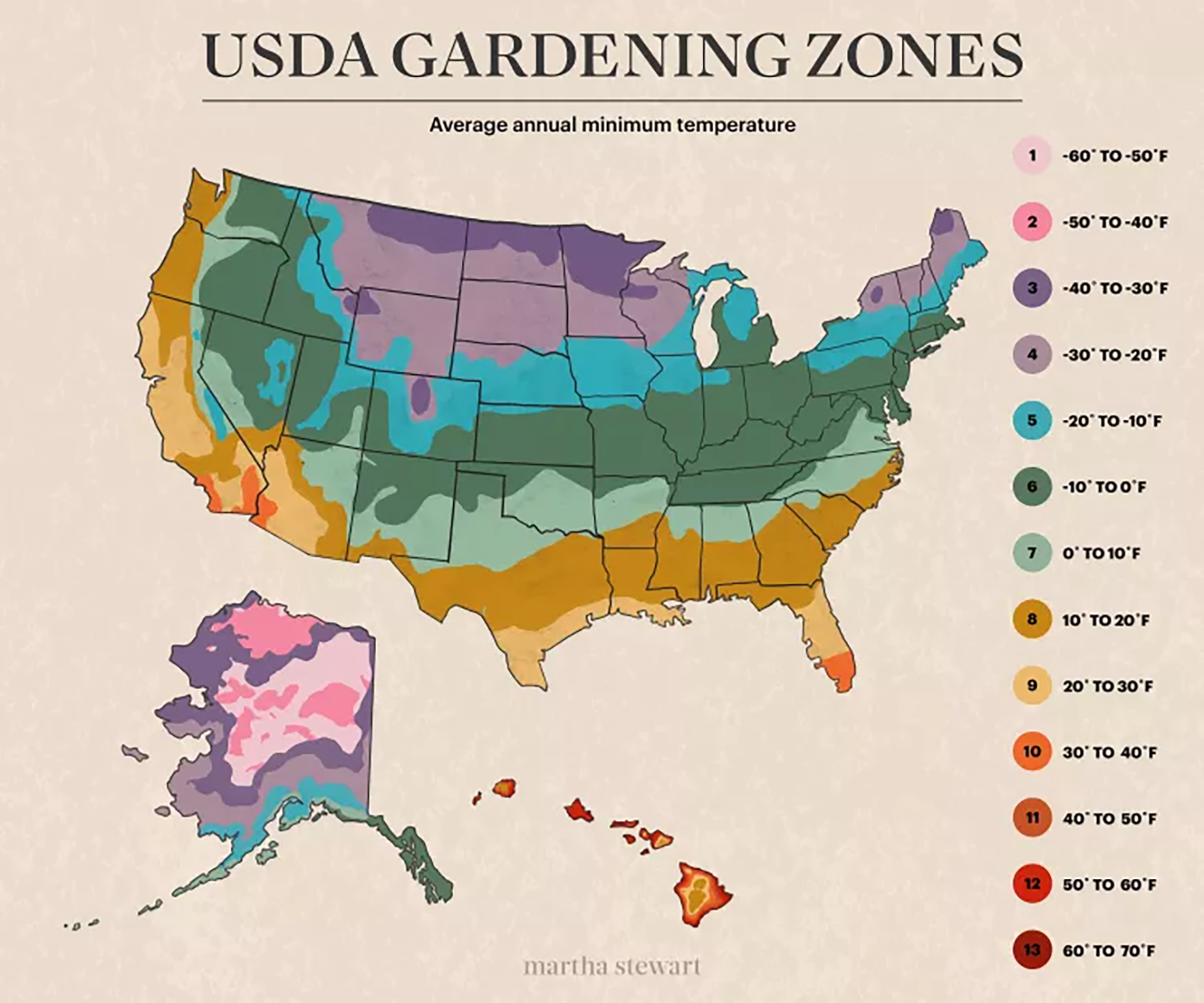We’ve got some people in our family who are obsessed with plants. Like, when we say obsessed, we mean obsessssssed. Indoor and outdoor plants. So when spring comes around, we all roll our eyes in preparation for the “seedling talk.” What are you starting?… Did you get that new grow light?… How are you going to keep Whiskers out of it this year?
In honor of our planty relatives, we thought we’d share some nerdy info about when to start your seedlings. But seeing as we serve (nearly) the entire U.S., we figured we’d include some details about the hardiness zones. So buckle up. It’s about to get planty in here.
When to Start Seedlings Indoors for Your Spring Garden
When it comes to seedlings, timing is EVERYTHING. Knowing when to start your seedlings indoors depends on your location and growing zone.
Understanding USDA Hardiness Zones
The United States is divided into different USDA hardiness zones, ranging from Zone 1 (coldest) to Zone 13 (warmest). Your zone determines when it’s safe to transplant seedlings outdoors, which in turn tells you when to start them indoors.

Photo: Kailey Whitman
When to Start Seeds Indoors by Zone
-
Zones 3-4 (Upper Midwest, Northern States)
Start cold-hardy plants like broccoli, kale, and onions indoors by late February to early March. Tomatoes, peppers, and eggplants should be started in mid to late March. -
Zones 5-6 (Midwest, Northeast, and some Mountain regions)
Begin cool-season crops in early to mid-March. Warm-season crops, like tomatoes and peppers, should be started by late March to early April. -
Zones 7-8 (Southern and Coastal Regions)
You can start seeds earlier! Cool-season crops can be planted indoors by late January to mid-February, while warm-season crops should be started by mid-February to early March. -
Zones 9-10 (Southern California, Florida, and Gulf Coast)
Start cool-season crops as early as January, while warm-season crops like tomatoes and peppers can be started by early February. -
Zones 11-13 (Hottest Climates, including Hawaii and Southern Texas)
Many crops can be directly sown outside, but for those that need a head start, plant warm-season crops by January or early February.
Final Tips for Starting Seeds Indoors
- Use grow lights for strong, healthy seedlings.
- Keep the soil consistently moist but not soggy.
- Harden off seedlings before transplanting them outdoors.



